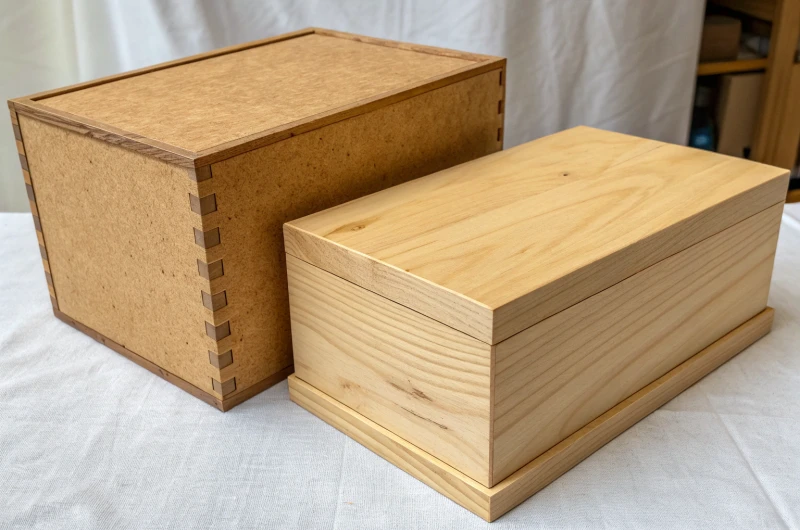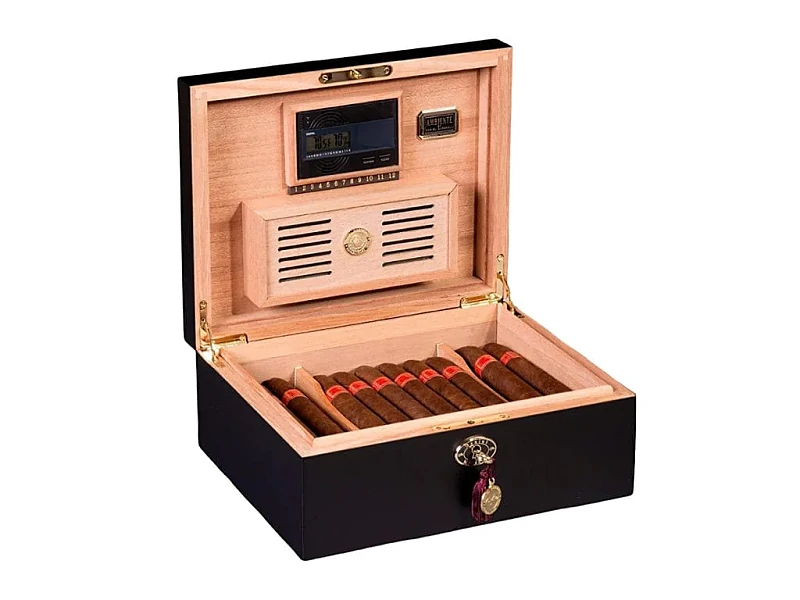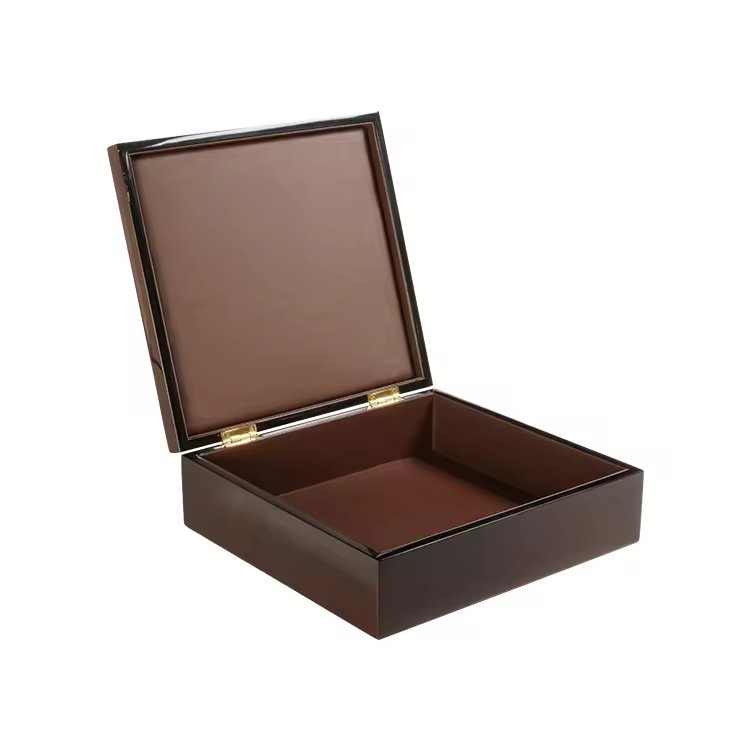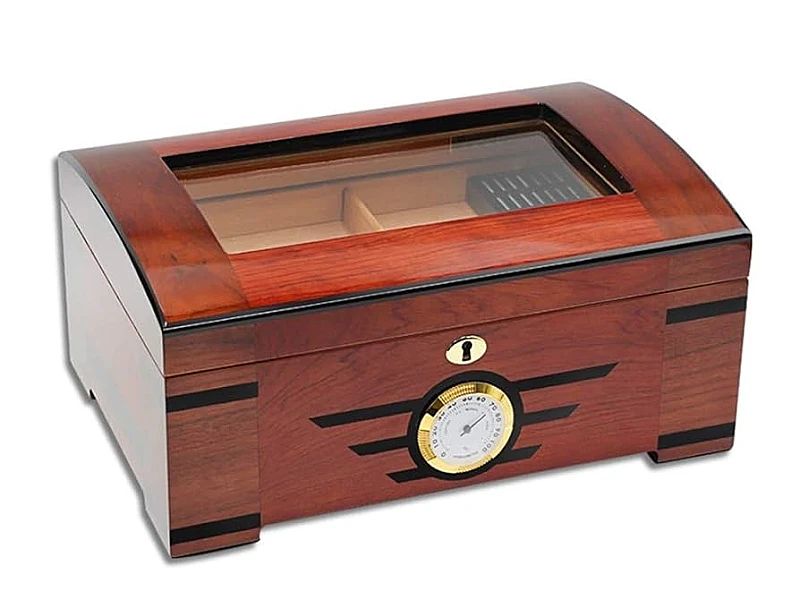
Luxury clients often ask for extreme precision, but pushing tolerances too low creates hidden costs and stress in production.
Because wood is natural, ultra-low tolerance demands increase rework and waste. Clear explanation and practical standards keep quality high without over-engineering.
I will show how I balance technical feasibility with luxury brand expectations.
Why is wood as a natural material inherently different from industrially uniform materials?
Unlike steel or plastic, wood cannot be fully controlled.
Wood expands, contracts, and varies in grain, which makes ultra-strict tolerances unrealistic compared to industrial materials.
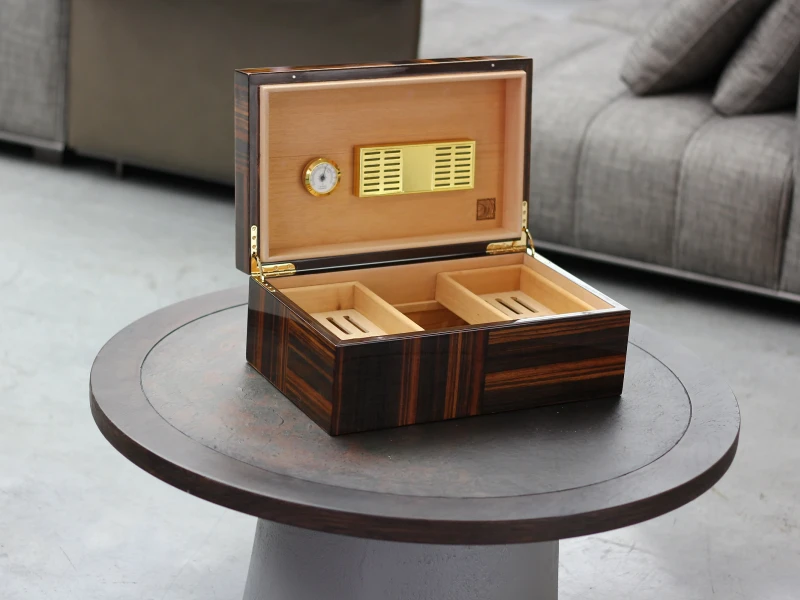
In one watch box project, a client wanted ±0.05mm accuracy in lid alignment. This is normal in metal parts, but impossible with wood. Temperature and humidity alone can shift wood dimensions by more than this in a single day.
Why wood behaves differently
- Moisture absorption: causes expansion or shrinkage.
- Grain density: changes hardness and cutting accuracy.
- Coating layers: add unpredictable microns of thickness.
I always remind clients: wood is alive in a way plastic and aluminum are not. That uniqueness is part of its luxury charm.
How can ultra-strict tolerances increase the rejection and rework rate in bulk production?
When tolerances are too strict, more units fail inspection.
Excessive precision demands often push rework rates up, because even small acceptable differences are rejected.
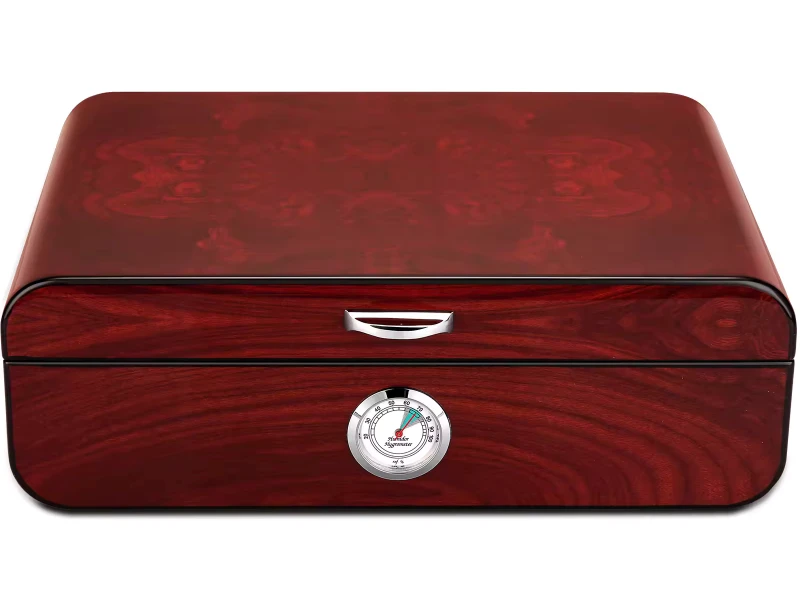
I once made a batch of cigar boxes where the client wanted 0.1mm tolerance on hinge alignment. Out of 500 units, 120 were flagged, even though most customers would never notice the difference. Reworking them took weeks.
Results of ultra-low tolerance
- Higher rejection rates even for acceptable units.
- Endless re-polishing and re-assembly.
- Delay in delivery schedule.
Strict tolerances can look like “quality control,” but in practice, they cause inefficiency and frustration.
Perfectionism has a price, often invisible at first.
Ultra-low tolerance demands create hidden costs in time, labor, and wasted materials, driving up project expense.
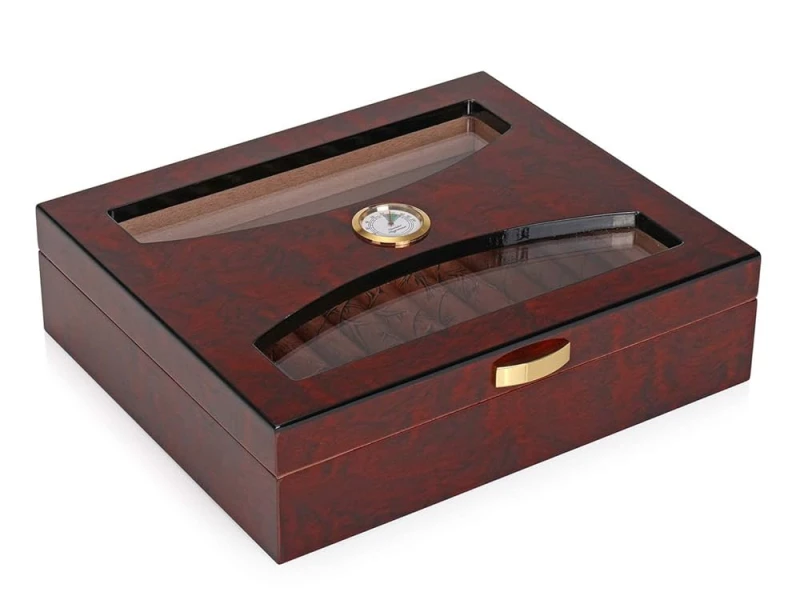
For one luxury perfume box order, nearly 15% of the panels were discarded because they did not meet unrealistic thickness tolerance. That wood was paid for but never used. Workers spent extra hours sanding and polishing, delaying production.
Hidden costs I see often
- Time: longer QC, rechecking, and adjustment.
- Labor: more manual correction, reducing efficiency.
- Material: wasted wood, lacquer, and hardware.
- Finance: increased production cost that hurts margins.
I explain these costs to clients with numbers, so they see the real trade-off.
Why is it better to define practical tolerance ranges that balance quality with feasibility?
Perfection must be balanced with reality.
Practical tolerance ranges keep quality luxury-grade while avoiding waste, rework, and delays.
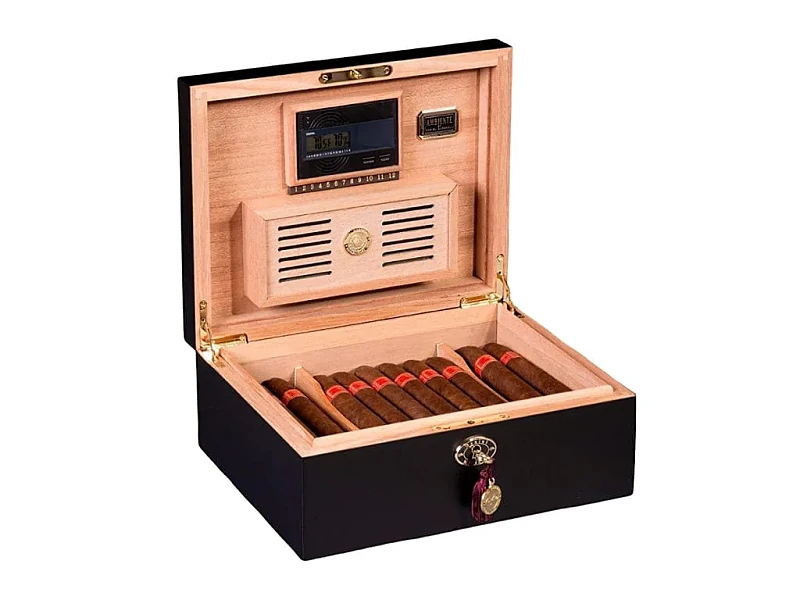
For example, I define ±0.3mm tolerance for wall thickness and ±1mm for overall box size. For lid gaps, ±0.2mm ensures smooth closure without visible difference. These ranges look precise, but they are also achievable in real production.
Balance-Ansatz
- Tight enough to keep a luxury look.
- Flexible enough to respect wood’s natural character.
- Practical enough to avoid production breakdown.
With proper ranges, clients get consistency without unnecessary perfectionism.
How can pre-production alignment help brands understand the difference between luxury finish and over-engineering?
Seeing the difference early builds realistic expectations.
Pre-production samples (PPS) show how luxury quality looks in reality, helping clients accept small variances as natural.

In one project, a PPS showed slight tone variation in lacquer between two panels. At first, the client flagged it. I explained that under normal retail lighting, no customer would notice. By showing physical examples, I turned their view from “flaw” to “normality.”
PPS helps with
- Aligning expectations on tolerance standards.
- Showing acceptable visual differences.
- Preventing disputes after mass production.
This alignment protects both parties before full-scale manufacturing starts.
What communication strategies reassure clients that slight variances do not reduce perceived value?
Clients need reassurance that natural differences are not defects.
The right communication builds trust by shifting focus from microscopic sameness to luxury consistency.

I use three strategies:
- Education: I explain wood’s natural behavior simply and directly.
- Visual proof: I show side-by-side boxes with acceptable differences.
- Geschichtenerzählen: I frame uniqueness as part of artisanal luxury, not a flaw.
Most end customers will never measure tolerances with calipers. What they value is smooth closing, fine finishing, and elegant presence. By reminding clients of this, I calm their fears and keep projects on track.
Schlussfolgerung
Ultra-low tolerances in wooden boxes create unnecessary cost and rework. Practical ranges, PPS, and clear communication protect both quality and efficiency.
Markenname: WoodoBox
Slogan: Maßgefertigte Holzkisten, handwerklich perfekt gefertigt
Website: www.woodobox.com
WhatsApp: +86 18359265311

